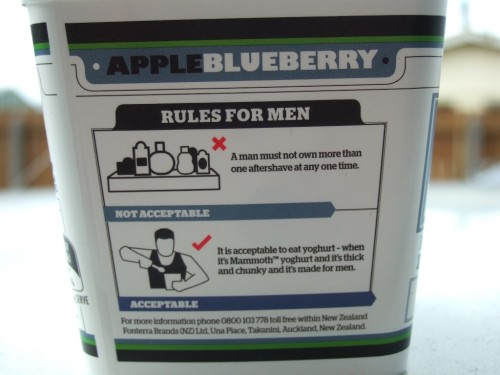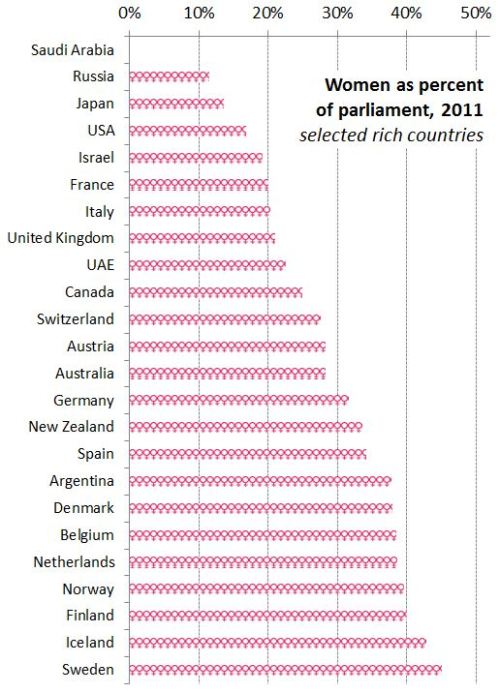Dolores R. sent us this Saturday Morning Breakfast cartoon commenting on conspicuous consumption. The phenomenon is often described with things like Hummers and high-priced purses. The cartoon, though, suggests that intellectuals have their own breed of conspicuous consumption, even as they criticize the Hummer drivers: the conspicuous consumption of intellectual products, the more obscure and dense the better.
It reminds me of this hilarious clip from the sketch comedy show Portlandia in which friends end up in an inadvertent competition over who is more informed/has read more of the right stuff lately.
See also: conspicuous conservation.
Lisa Wade, PhD is an Associate Professor at Tulane University. She is the author of American Hookup, a book about college sexual culture; a textbook about gender; and a forthcoming introductory text: Terrible Magnificent Sociology. You can follow her on Twitter and Instagram.












